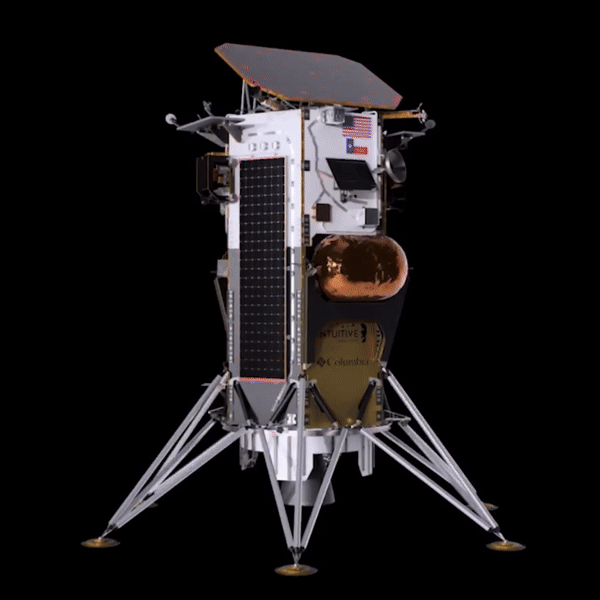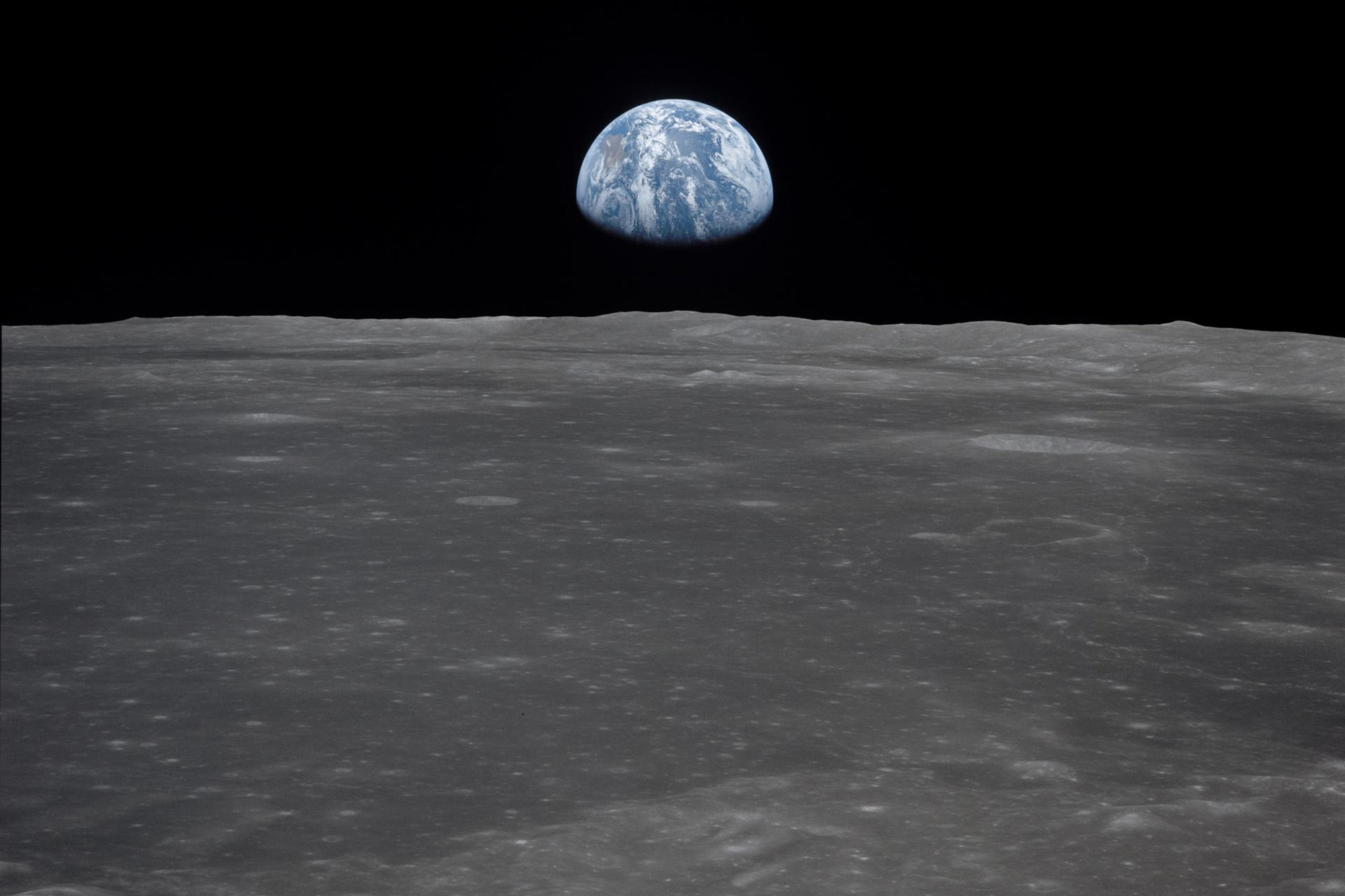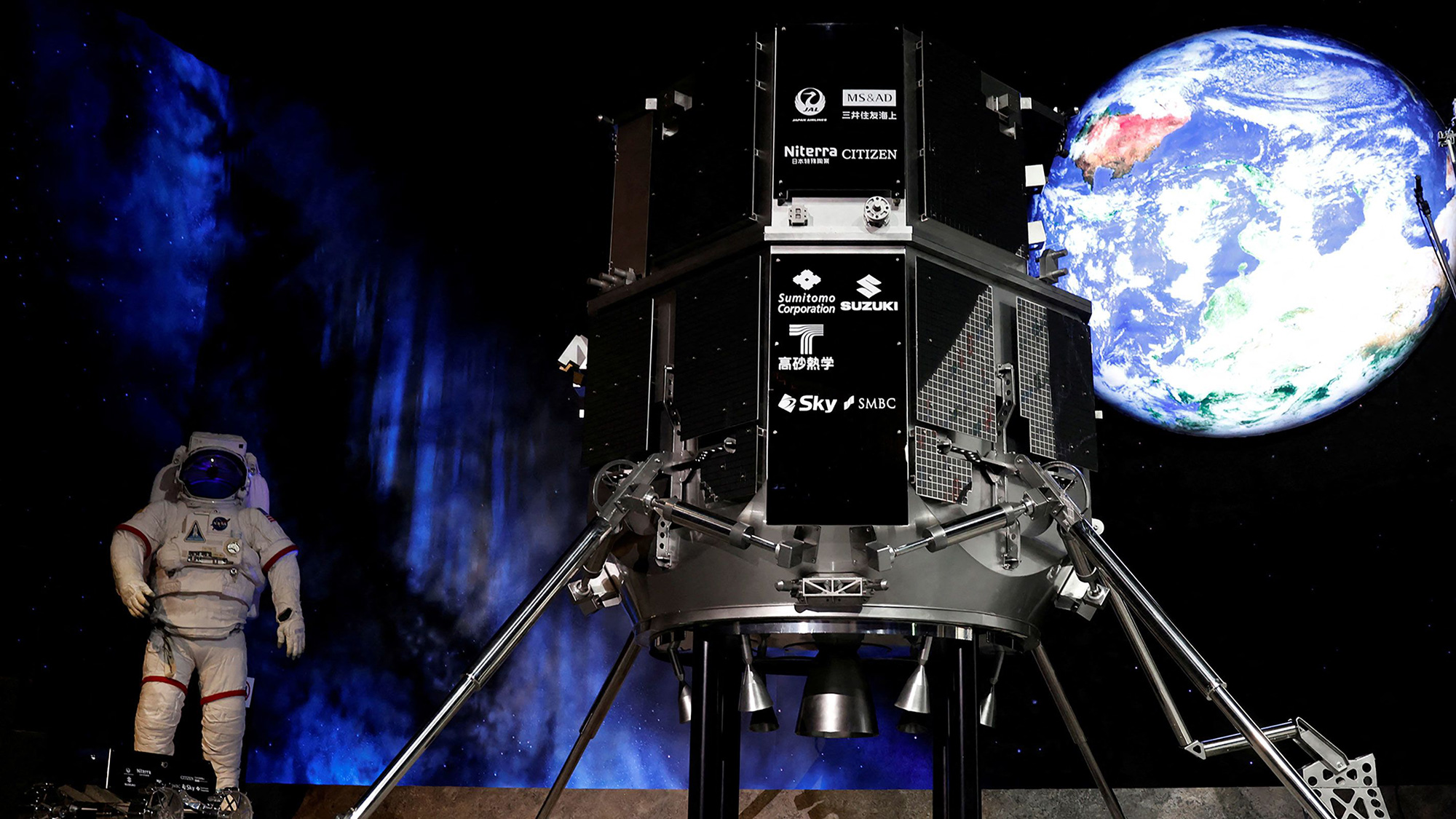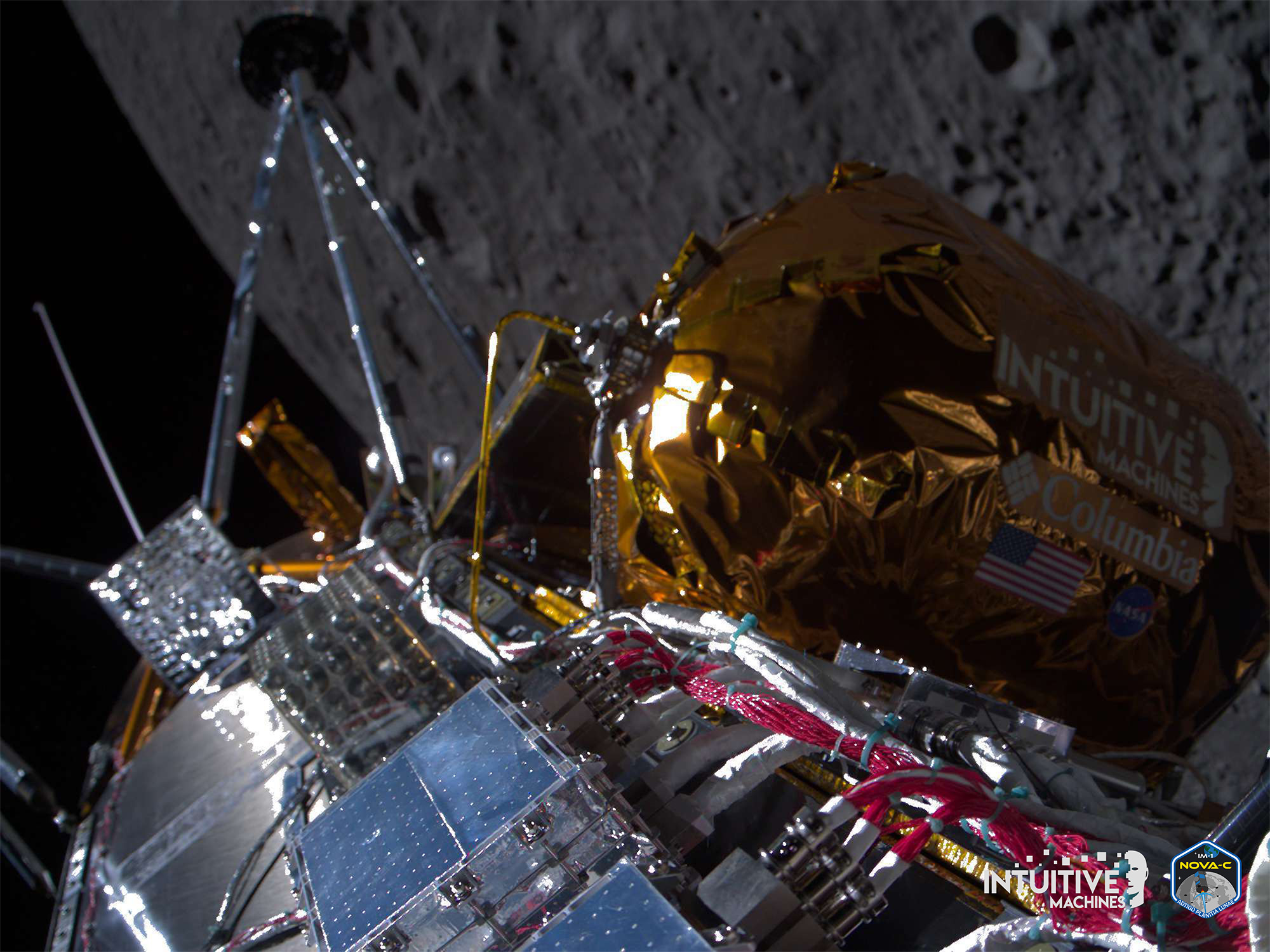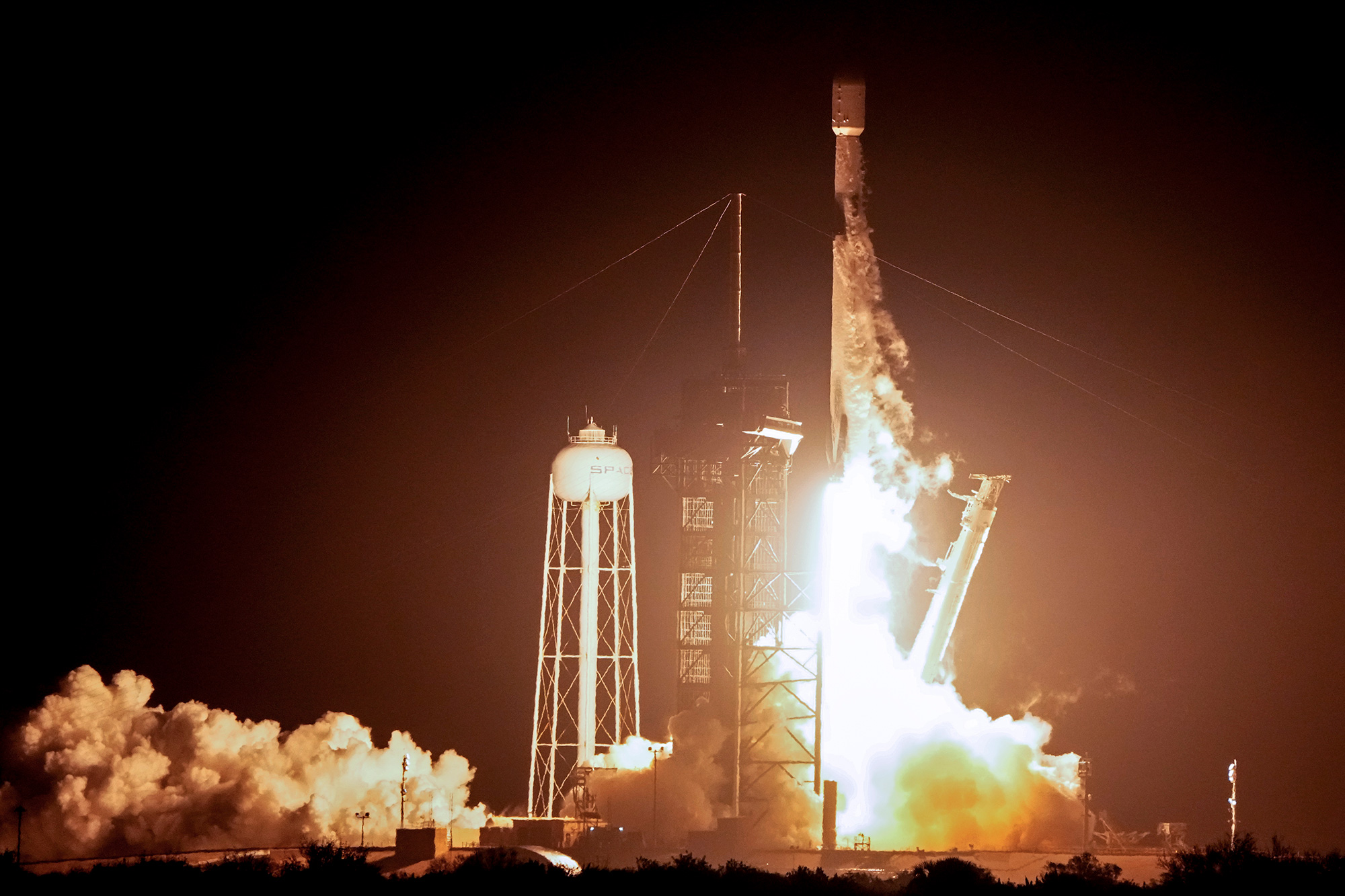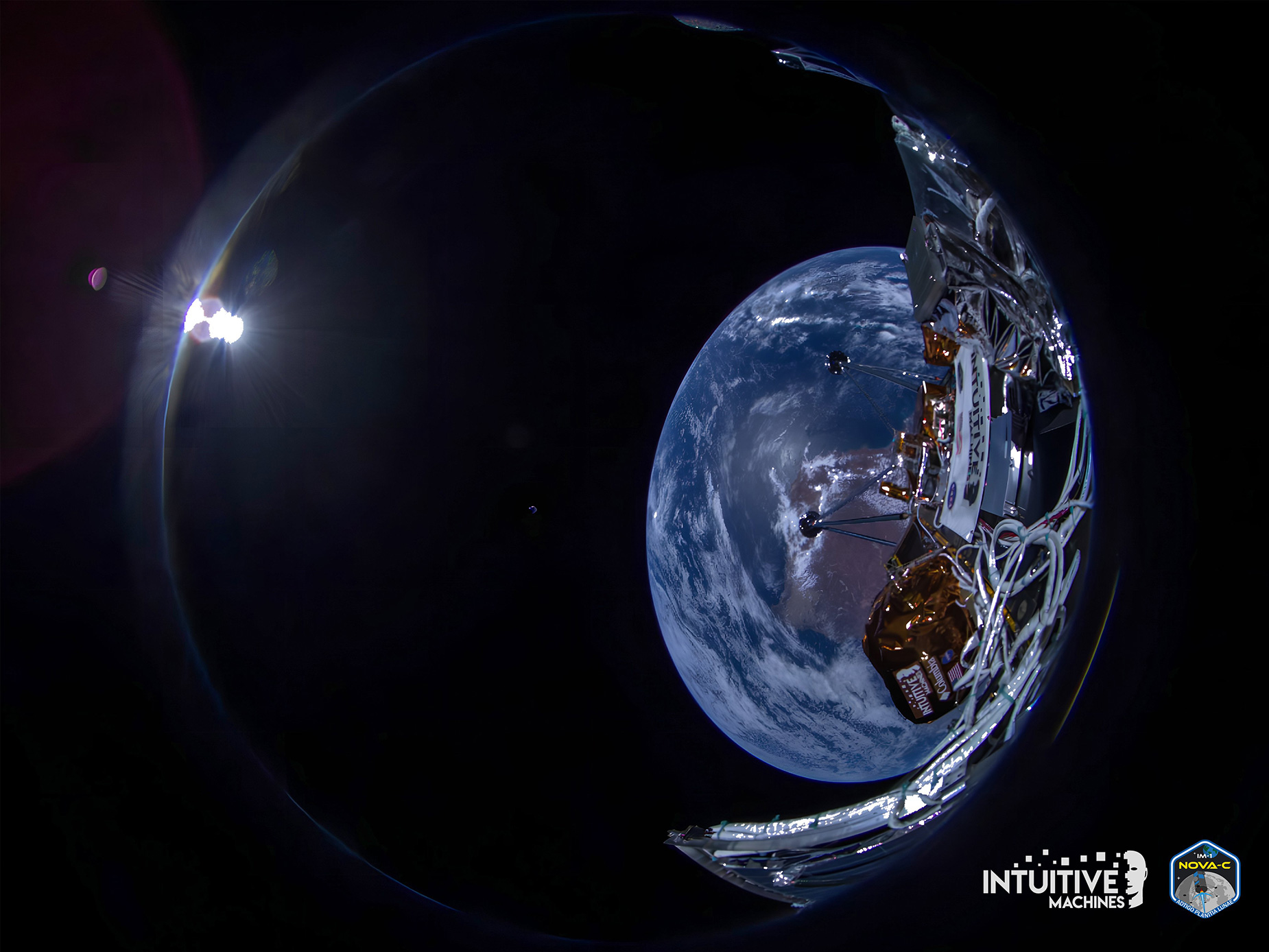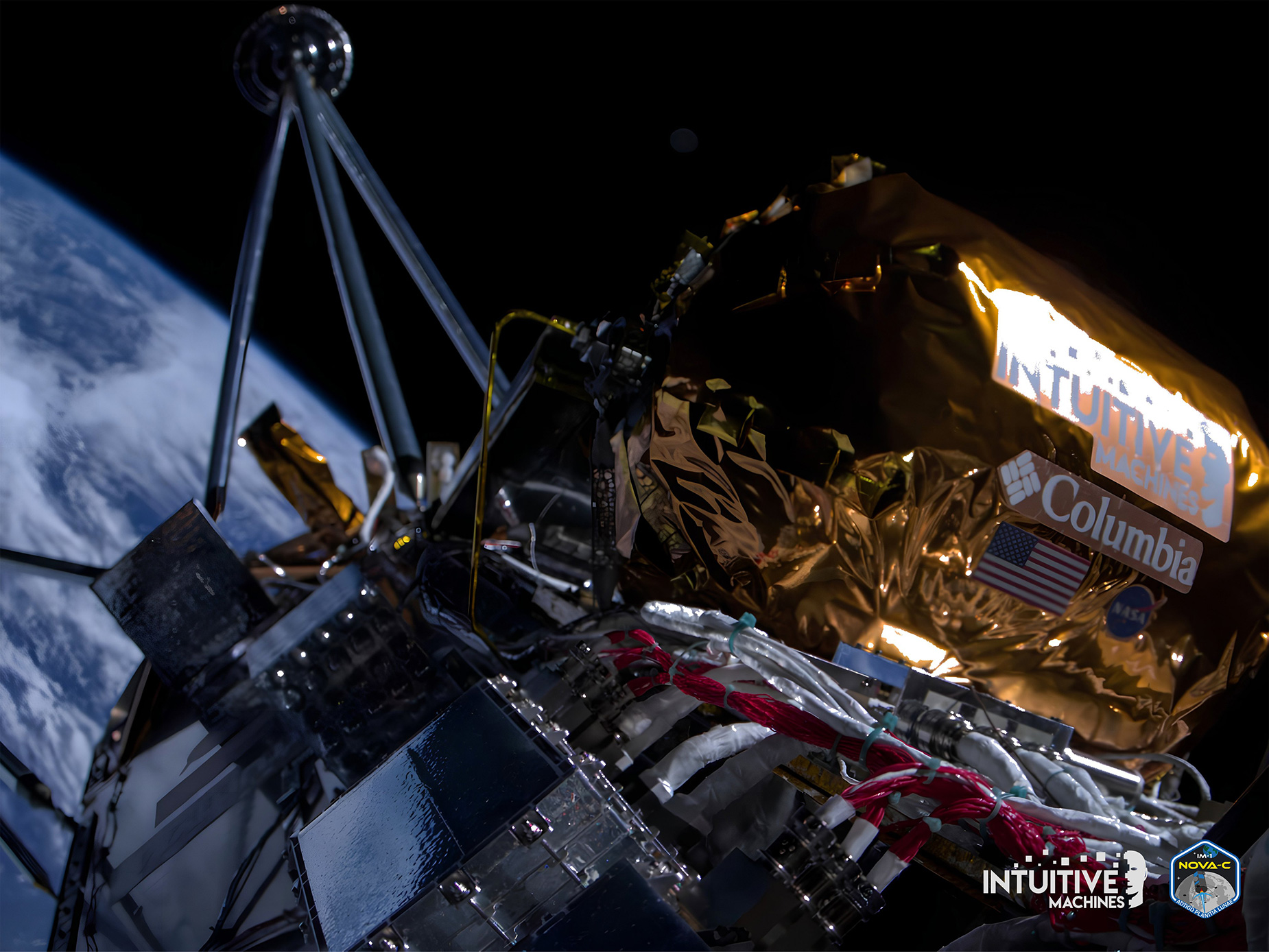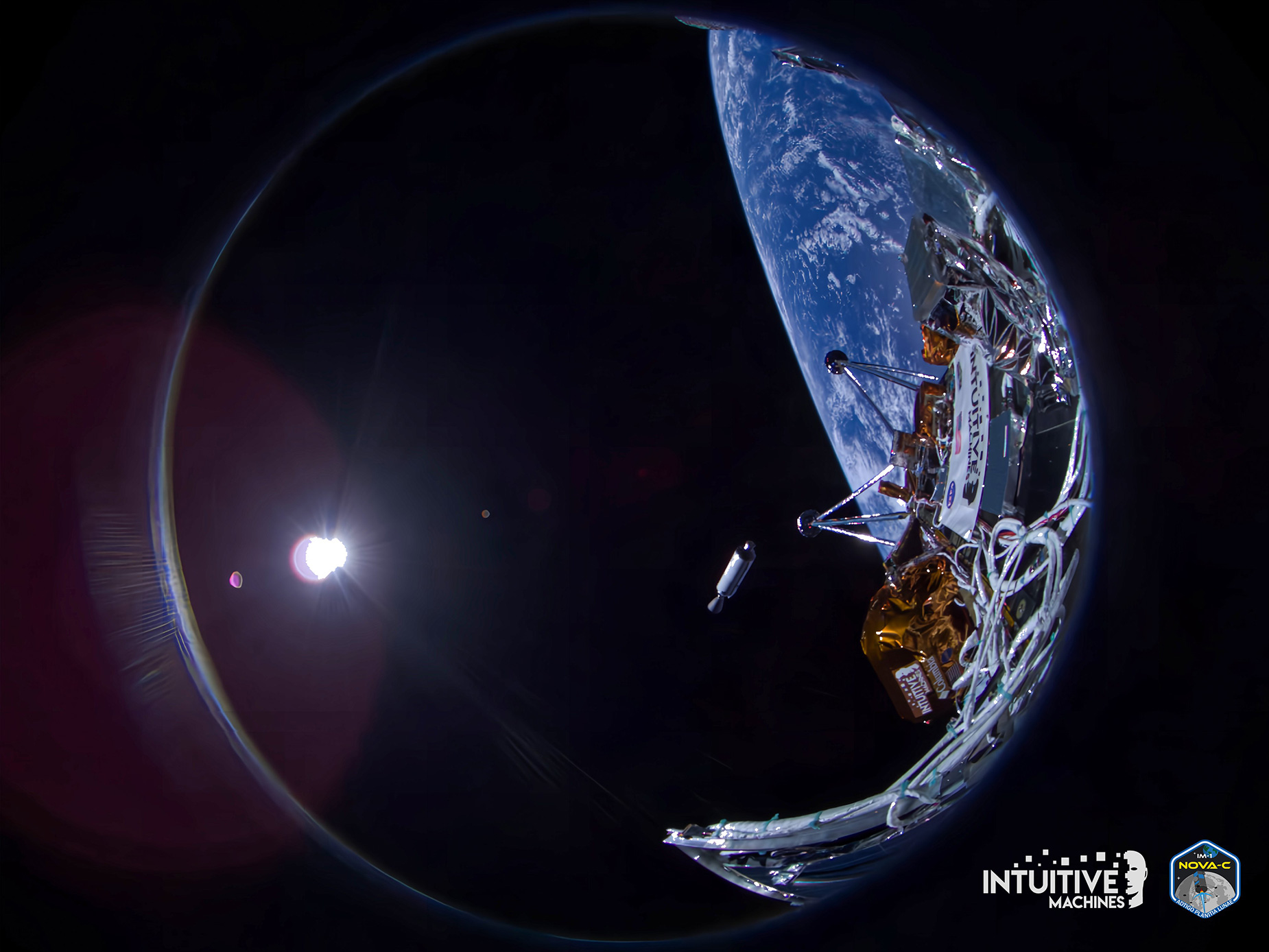
The Odysseus lander, the spacecraft aiming to make a historic landing on the moon on Thursday, is roughly the size of a British telephone booth with legs attached, according to the company that made it.
Intuitive Machines is set to land the spacecraft near the moon’s south pole, an area of high interest in the space race. This region is suspected to be home to water ice that could one day be converted into drinking water for astronauts — or even rocket fuel. The south pole is also the same lunar region where NASA is seeking to land astronauts later this decade.
What's on board: The lander, nicknamed "Odie," will be equipped with six NASA payloads — an array of scientific instruments designed to test new technology or evaluate the lunar environment, such as a study of how the moon’s soil behaves during landing.
Also on board will be commemorative objects, including a sculpture representing the moon phases designed in consultation with Jeff Koons, and technology from private-sector companies, including Columbia Sportswear, which developed insulation material for the lander.
If all goes according to plan, Odysseus will spend seven days operating on the moon as the lunar lander basks in the sun. But as the landing zone moves into Earth’s shadow, experiencing lunar night, the spacecraft will be put to sleep.
